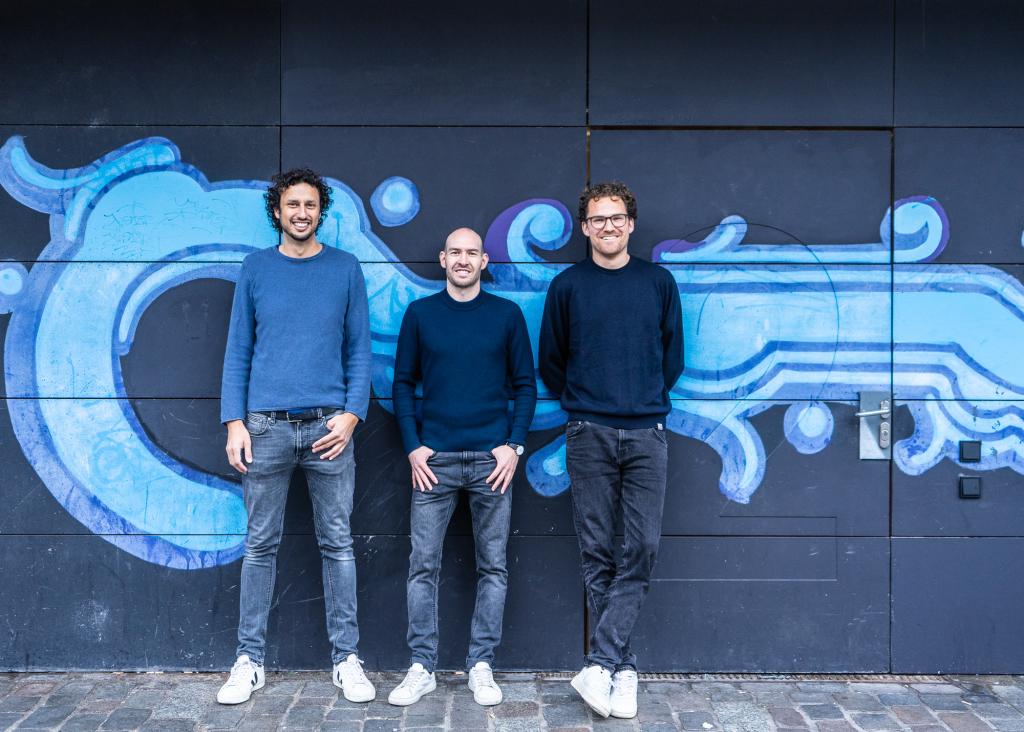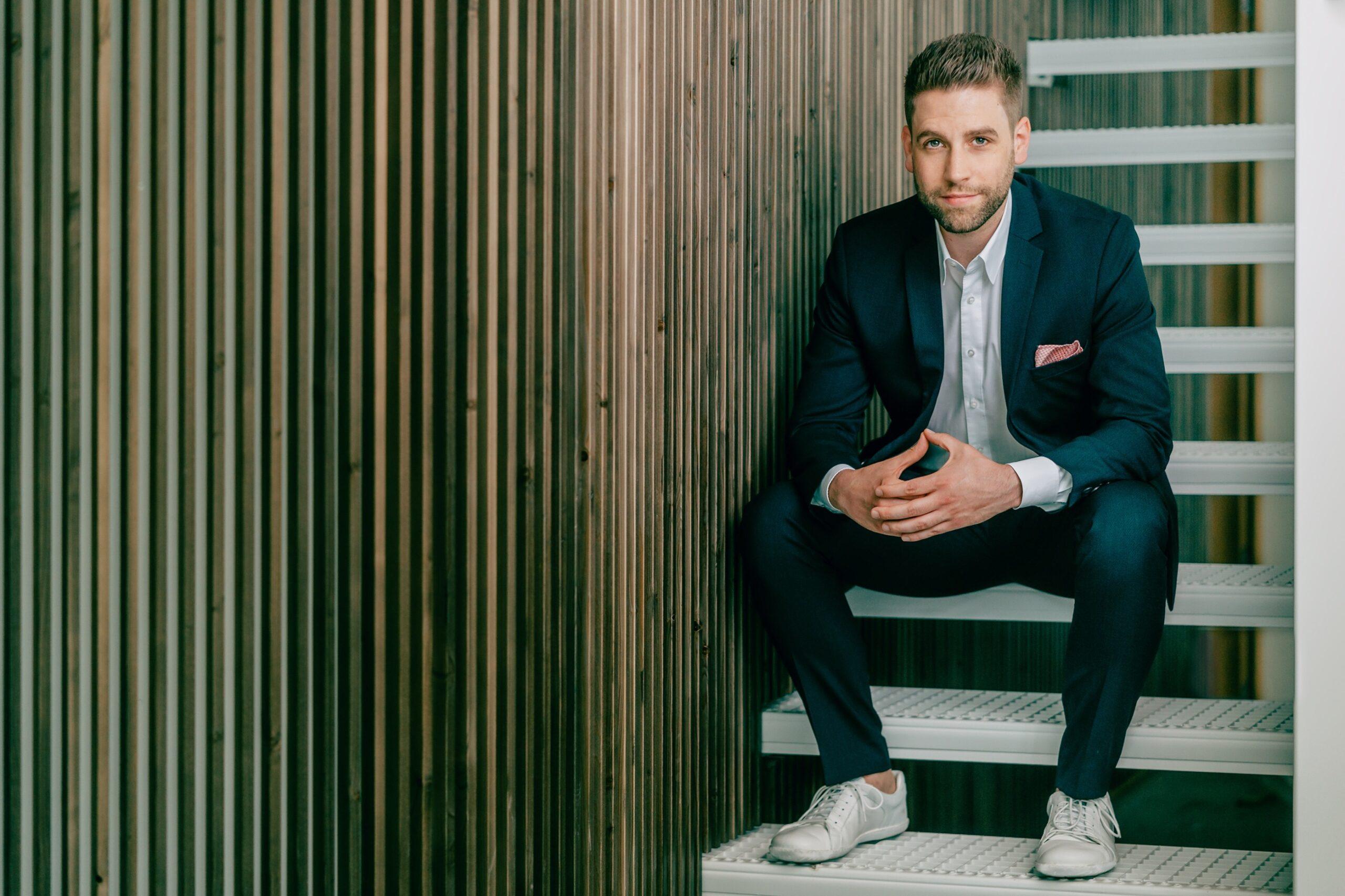Now all of you!

Crowdfunding offers start-ups another financing option. However, there are major differences in terms of design and not every form is suitable for every company.
Ever since the Kickstarter internet portal turned crowdfunding into a mass phenomenon in 2009, start-ups have also had another financing option. In Germany, for example, Panono, a company that developed a camera ball; or Bonaverde, a start-up with plans to develop a new type of coffee machine. Panono received 920,000 euros and Bonaverde 500,000 euros. Neobank Tomorrow recently opened a funding round to the crowd and raised around three million euros. "These 2,000 investors are like ambassadors for us," enthused co-founder Michael Schweikart in the Startbase interview. Tomorrow can expect useful feedback from them in order to further improve its own product.
However, some of these examples show how delicate the model is: both Panono and Bonaverde have since gone bankrupt. A fate shared by around a third of all start-ups with crowdfunding, as financial expert Markus Petry from Wiesbaden Business School warned last month in the Springer Professional blog. The advantages and disadvantages of crowdfunding and how such a process works best should therefore be looked at very carefully by founders. An overview of the most important points.
What forms of crowdfunding are there?
In fact, not all crowdfunding is the same; there are four different types. These differ primarily in terms of what the investor can expect for their money.
Donation crowdfunding: In this case, the backers get nothing in return, they give their money unconditionally to the crowdfunding campaign. However, this variant is rather unattractive for start-ups with an interest in making a profit; non-profit organizations, such as the "Mein Grundeinkommen" initiative, which wants to use donations to finance crowdfunding experiments with the unconditional basic income, are more likely to use it.
Reward-based crowdfunding: In this variant, investors receive a fixed reward for their trust. Very often, this involves products that are financed by the campaign. Artists often use this approach by making crowdfunded albums and films exclusively or at least primarily accessible to backers. Start-ups that want to create products for end consumers can also use this method. The e-skateboard company Mellow Boards, for example, was financed in this way a few years ago.
Lending crowdfunding : In crowdlending, entrepreneurs have to pay back the money they have invested at some point. There are various models, but start-ups often have to pay interest on the capital invested, possibly regardless of their success. This interest is usually quite high, as loans to up-and-coming companies tend to be risky. Panono, for example, raised more money in 2014 - after the first funding round - this time via crowdlending.
Crowdinvesting: Investors receive a direct share of the company's success in return for their money. The investment can be treated as a subordinated loan, which would effectively make it part of the company's equity. Alternatively, investors can also receive shares in the company directly and thus benefit in the event of a possible exit, for example. This option was also used by Tomorrow, whose crowd investors now hold a six percent stake in the fintech.
When can crowdfunding work?
Crowdfunding is particularly worthwhile for founders who have difficulties raising money in other ways. If banks and other capital providers shy away, they can bring their ideas directly to potential customers or to people who share their vision. Just because a start-up cannot get capital directly does not necessarily mean that the idea is no good. Venture capitalists, for example, often have clear portfolios and evaluation schemes, and most of them openly state that they will not invest in every idea that might work. Banks are more cautious anyway and often demand collateral for loans that young founders cannot provide.
One advantage of crowdfunding is the direct contact with potential customers if the start-up produces a consumer product. This allows the product developers to find out how well their idea is received and whether there is room for improvement.
What appeals to many founders is that they remain independent, depending on the form of crowdfunding. In contrast to venture capitalists, the investors who come via the platforms do not necessarily receive shares in the company and do not demand accountability comparable to that of a bank, for example.
Why can crowdfunding fail?
The same points that speak in favor of this form of financing also speak against it. There are often reasons why neither banks nor VCs want to give money to a start-up; perhaps the idea is simply no good if several experts turn it down. Crowd investors also cannot bring the same expertise to the company as larger investors who have already brought many start-ups to market maturity. "Investors can hardly assess the validity of the business model and the prospects of success of the financed start-up themselves and are reliant on the risk assessment of the platform operators," warns finance expert Markus Petry in his blog post.
But even if the founders firmly believe in their idea, there are other difficulties. If you want to inspire the masses, it is difficult to do so with hard business figures; instead, crowdfunding platforms require enthusiasm and excitement to achieve goals.
Speaking of goals: Crowdfunding platforms often stipulate that interested parties state a clear figure that they want to collect. With most providers, all the money is forfeited if this target is not reached. In other words, if you can only raise 490,000 euros out of a target of 500,000 euros, you are left empty-handed. Anyone trying their hand at crowdfunding should therefore think very carefully about how much money they need.
Which platforms are there?
The largest providers worldwide are the American platforms Kickstarter and Indiegogo, which have also been available in Germany for several years. Kickstarter is still the gold standard in the industry, but may not be of interest to every user due to its sheer size. Indiegogo has the advantage that the site does not insist on a funding target to be reached.
The German leader is Startnext, which - like Kickstarter and Indiegogo - is open to all types of crowdfunding, both for artists and entrepreneurs. There are also a number of crowdinvesting platforms in Germany, such as Seedmatch, Companisto and Innovestment.
Venturate is another provider on the market that offers "curated crowdfunding". There is a deal captain for each project - usually a business angel - who reviews the start-up and negotiates the valuation, which forms the basis for all further investments.

Newsletter
Startups, stories and stats from the German startup ecosystem straight to your inbox. Subscribe with 2 clicks. Noice.
LinkedIn ConnectFYI: English edition available
Hello my friend, have you been stranded on the German edition of Startbase? At least your browser tells us, that you do not speak German - so maybe you would like to switch to the English edition instead?
FYI: Deutsche Edition verfügbar
Hallo mein Freund, du befindest dich auf der Englischen Edition der Startbase und laut deinem Browser sprichst du eigentlich auch Deutsch. Magst du die Sprache wechseln?


























